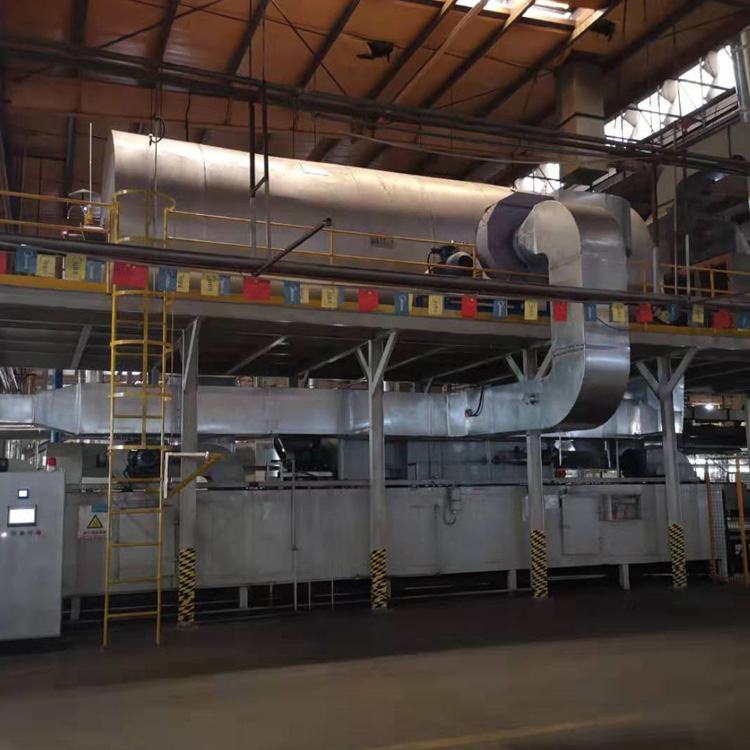Direct-Fired High-Temp Incineration: Comparative Analysis of Energy, Emission, & Cost Efficiency
2024-04-29
In the realm of waste treatment, various methods exist to handle and dispose of unwanted materials. Among these, direct-fired high-temperature incineration equipment stands out as a notable option. But how does it fare when compared to other waste treatment methods in terms of energy efficiency, emission control, and cost-effectiveness? Let's delve into a comparative analysis.
Firstly, considering energy efficiency, direct-fired incineration equipment offers a significant advantage. By harnessing the energy generated from the combustion of waste, this method can convert waste into usable heat or steam. This heat can then be recovered and utilized for other processes, improving overall energy efficiency. Other methods, such as landfilling or composting, do not offer such direct energy recovery opportunities.
Next, we turn to emission control. Direct-fired incineration equipment, when properly designed and operated, can achieve high levels of emission control. Advanced incineration systems incorporate technologies such as flue gas treatment systems and emission control devices to reduce harmful pollutants like particulate matter, sulfur oxides, and nitrogen oxides. However, it's important to note that the effectiveness of emission control depends on the type of waste being incinerated and the operating conditions of the equipment. Some waste streams may produce more emissions than others, and proper management and maintenance are crucial to optimize emission control.
Finally, cost-effectiveness is an important factor in choosing a waste treatment method. Direct-fired incineration equipment typically requires a significant initial investment due to its complex design and high-tech components. However, in the long run, it can offer cost savings through the recovery of energy and the reduction of waste disposal costs. The operational costs of incineration equipment can vary depending on the scale of the facility, the type of waste being incinerated, and the efficiency of the equipment. It's crucial to conduct a thorough cost-benefit analysis to determine if direct-fired incineration is the most cost-effective option for a particular waste stream and operational context.
In conclusion, direct-fired high-temperature incineration equipment offers unique advantages in terms of energy efficiency and emission control compared to other waste treatment methods. However, the initial investment and operational costs need to be carefully evaluated to assess its cost-effectiveness. When considering waste treatment options, it's essential to conduct a comprehensive analysis that takes into account all relevant factors, including the specific characteristics of the waste, the desired treatment outcomes, and the available resources and budget.



